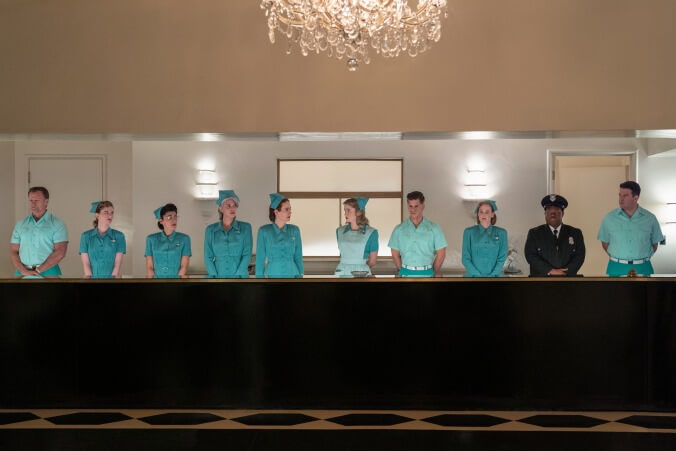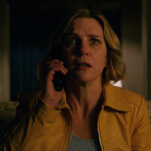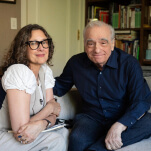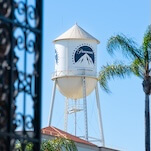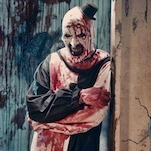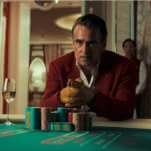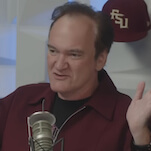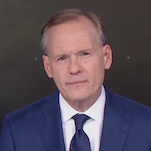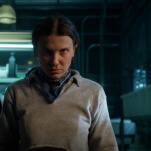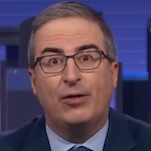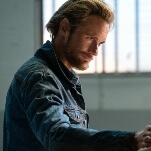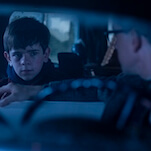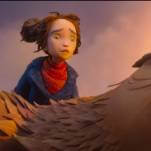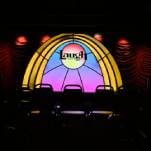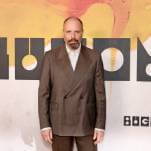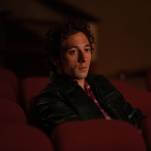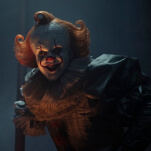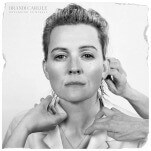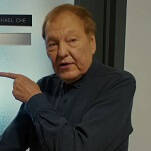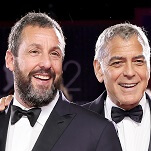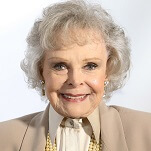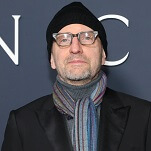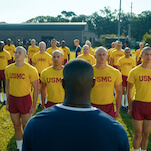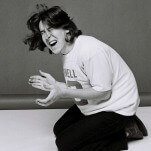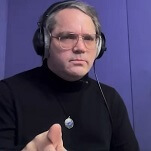In the series, Nurse Mildred Ratched (Sarah Paulson) is a headstrong woman who gets what she wants—by any means necessary. She’ll insist on seeing the head of the local mental health institute housing a dangerous criminal, Edmund Tolleson (Finn Wittrock), without an official appointment and work her way into the system, eventually dominating it. She’ll manipulate a mentally ill patient into suicide and then get rid of the body. This is just the start, and as the show reveals, it’s not even her first murderous rodeo. Yet, despite these questionable deeds, Ratched shows a softer, more vulnerable side to the nurse. She’s traumatized by both what has happened to her and some of the things she’s done. Occasionally, she inappropriately confesses to patients or strangers to earn their trust, sometimes to manipulate them and other times to truly connect. Although she happily dispatches one patient without hesitation, she advocates for and even actively helps others dodge barbaric treatments. The inconsistencies are dizzying, but it creates an element of surprise, an uncertainty over which Nurse Ratched will show up.
In parallel storylines, Nurse Ratched finds a surprise romance with another career woman, Gwendolyn Briggs (Cynthia Nixon), and a natural enemy in her superior, Nurse Betsy Bucket (Judy Davis). Ratched’s relationships with men are mostly perfunctory, as she uses them like pawns for a greater chess game. But her relationships with women are barely more nuanced. With Briggs, Ratched plays out the fantasy version of her character as a repressed lesbian with monstrous tendencies for control and violence. It’s a fairly predictable trope even though both actors deliver lively performances. Through Briggs’ storyline, we get an interesting double life between her work as a press secretary for Vincent D’Onofrio’s contemptible Governor George Wilburn and her false marriage with an equally ambitious gay Black man.
Nurse Bucket’s background isn’t explored as thoroughly as Brigg’s, but her on-and-off-and-on-again spats with Ratched allow them both to dip into petty mean girl territory. She’s a dictator in a teal nurse’s uniform, a possible model for what Nurse Ratched will become in a few short years. Yet, Bucket has these silly moments floundering in Dr. Hanover’s presence, a weakness brought on by a crush on the unstable doctor (Jon Jon Briones). As Dr. Hanover, Briones out-divas them all with a short temper, drug addiction, and a ridiculous backstory with its own waves of tragedy. He’s another chaotic piece of the story that includes many scene-chewing parts for Sharon Stone, Amanda Plummer, and Sophie Okonedo.
Despite her character’s baffling contradictions, Paulson’s Ratched is fairly delightful. Unlike Louise Fletcher’s version of the character in the movie adaptation of One Flew Over The Cuckoo’s Nest, there’s still some vulnerability left in this Ratched. Her posture always remains rigid, and when standing next to the loose-armed and insecure Nurse Bucket, she looks practically statuesque. Paulson can move Ratched from teary-eyed helplessness to steely-gazed manipulation at the drop of one of costume designers Lou Eyrich and Rebecca Guzzi’s hats. Paulson’s costuming in the show’s pilot—a bright mustard-colored ensemble with a fitted suit jacket, a voluminous skirt, and a matching pointed hat—somewhat echos the look of Wicked’s Elphaba. Ratched is not yet fully warped into a wicked witch, but on her way to becoming one.
Throughout the season, her extravagant outfits look far greater than what a nurse could afford in the 1940s, but that’s all part of the fantasy, right down to the eye-popping teal uniforms and the even more decadent wardrobe of Stone’s character, the incredibly wealthy Lenore Osgood. The mental institution looks more like an art-deco-meets-Californian-chic hotel, complete with fancy lighting fixtures and expensive tile work. Production designer Judy Becker leans into the excessive possibilities of the premise, and from Ratched’s teal car to Dr. Hanover’s deep blue office, has a field day with the color palette. If that’s not saturated with enough colors, whenever characters fall into a frightful headspace, the scene becomes luridly red or bathed in green light, soaking the image beyond the point of a Dario Argento film.
To some extent, the team behind Ratched—like Romansky and executive producers Ryan Murphy and Ian Brennan—knowingly push this story into campy pulp territory. Where One Flew Over The Cuckoo’s Nest explored the inhumanity of the mental health system, a coldness viscerally personified by the character of Nurse Ratched, the show plays on the theory of what if she were a repressed lesbian hell-bent on controlling others because of her pain. Your mileage may vary on how well it explores that idea and the cheap, convenient plot devices that pad it out into eight episodes, but if it’s a spectacle you want, that’s what Ratched somewhat delivers in its performances and production design. The overall narrative could have used a second opinion, though.
